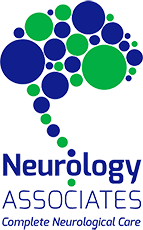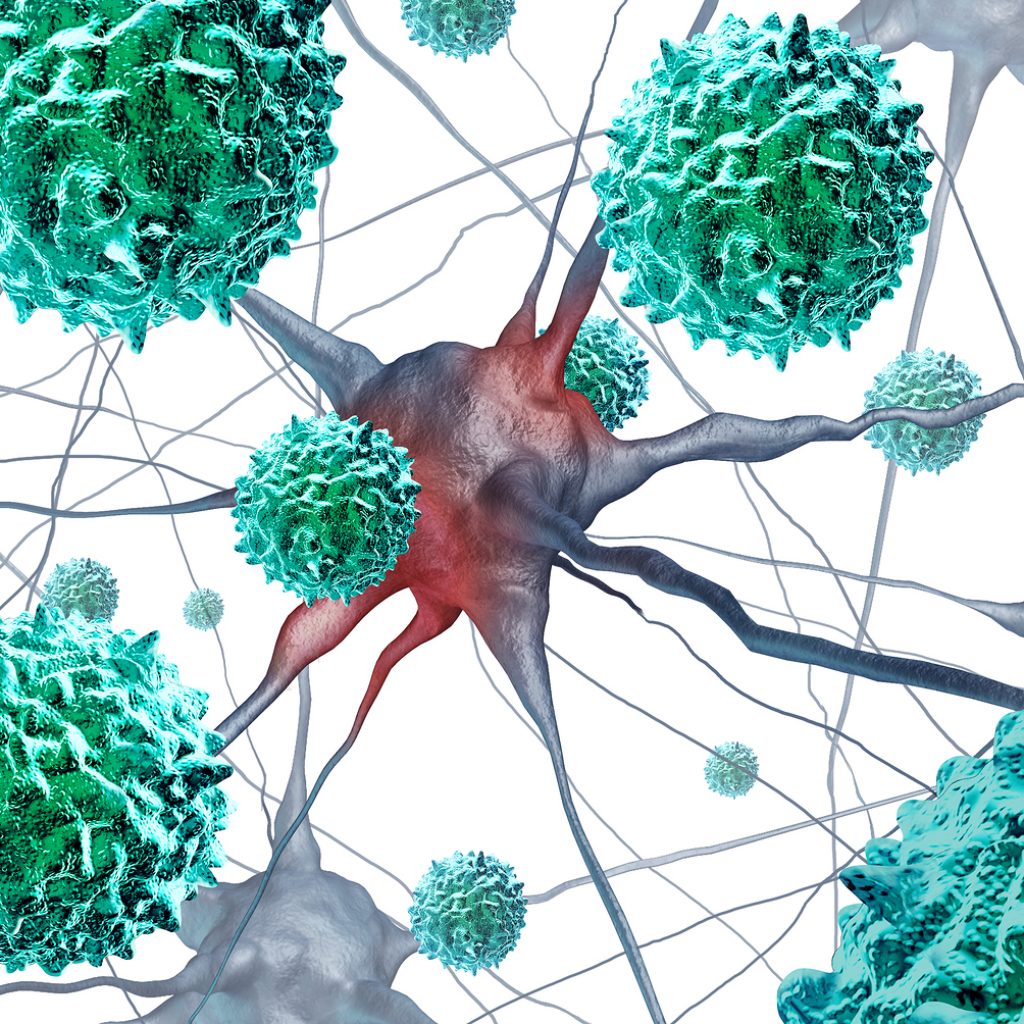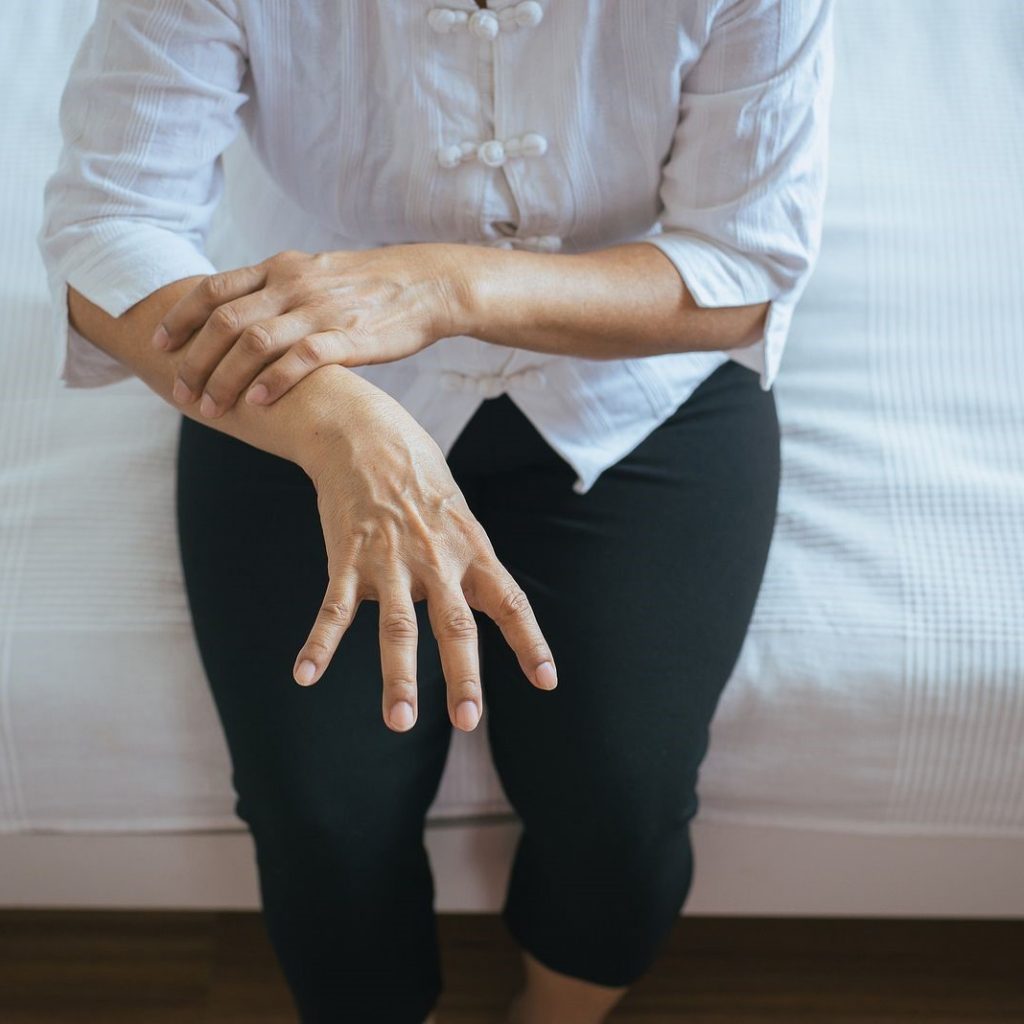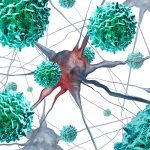Dissecting Dystonia: A Comprehensive Guide by Your Leesburg Neurology Expert
Dystonia needs immediate attention. It is a condition in the nervous system, wherein sufferers experience excessive involuntary muscle movement that diminishes their control over their bodies. Our resident Dulles neurology expert, Dr. Sarbjot Dulai, dissects dystonia to shed more light on its causes, symptoms, and treatment.
An Overview of Dystonia
Dystonia takes its name from the conjunctions “dys,” which means “not working right,” and “tonia,” the Latin word for “muscle.” Dystonia is the third most common movement disorder after essential tremor and Parkinson’s disease, affecting approximately 250,000 people, which is one percent of the population. Studies show that women are more prone to this condition than men.
Dystonia is the result of the abnormal function of the basal ganglia, the part of the brain responsible for movement and muscle contractions. It makes the muscles contract uncontrollably, resulting in abnormal posture and repetitive movements.
Symptoms of Dystonia
Early signs of dystonia are subtle and mild. However, constant stress and fatigue can worsen the intensity of its indications. Here are some of the symptoms of this condition:
• Foot cramping
• “Dragging” leg
• Involuntary pulling of the neck
• Difficulties with speaking
• Uncontrollable blinking
If you experience or see these signs, notify a neurologist in Leesburg immediately. Early diagnosis is key to improving the symptoms of dystonia.
Affected Body Parts
How dystonia manifests varies from patient to patient. Some experience muscle contractions in a single area, while others trigger symptoms when they do a particular action like typing. Where dystonia occurs also vary. Body parts that are frequently affected by the condition include:
→ Eyelids – Dystonia manifests on this site through rapid blinking, involuntary spasms, and dry eyes.
→ Hands and Forearms – Symptoms occur when performing a repetitive activity using these body parts, such as writing and playing a musical instrument.
→ Neck – Dystonia indications in this area include the head twisting, turning to one side, or pulling forward or backward, which sometimes causes pain.
→ Voice Box and Vocal Cords – Signs of dystonia at these parts include having a tight and whispering voice.
→ Jaw or Tongue – Dystonia symptoms in these areas include difficulty with swallowing and chewing, drooling, and slurred speech.
Causes
The exact cause of dystonia is currently unknown, but Dulles neurology experts have found that it can be a symptom of another health disorder. Such conditions include injury, Huntington’s disease, Wilson’s disease, and Parkinson’s disease. Neurology specialists have also established that some of dystonia’s forms can be inherited.
Complications
Complications vary depending on the type of dystonia. They may include:
• Depression and anxiety
• Difficulty with performing daily tasks
• Difficulty with eating, swallowing, and speaking
• Pain due to constant muscle contraction
Treatment
Doctors will treat the dystonia based on its kind and severity. Primary treatment methods include:
• Botulinum Toxin (Botox) Injections
• Several Types of Medication
• Different Kinds of Surgery
These treatment options may be used alone or with each other, depending on the doctor’s recommendations.
Schedule a Checkup at the First Signs of Dystonia
Consult Neurology Associates immediately to mitigate symptoms and prevent complications. Our head, Dr. Sarbjot Dulai, is a certified neurologist in Leesburg, VA who provides nothing less than comprehensive and compassionate care to all patients. His team specializes in diagnosing and treating neurological disorders. Call us at (703) 726-6393 to set an appointment today!














